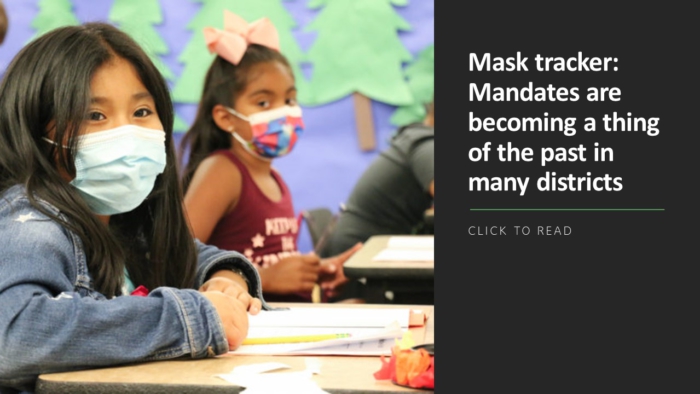With the updates to COVID guidelines, schools are still holding out hope for a return to normalcy this school year. Yet, one in two principals is considering a career change or retirement, according to a recent survey from the National Association of Secondary School Principals.
Heavy workloads, administrative tasks, little time for instructional leadership, and other issues are taking a toll on school principals. Teachers are also asking for better treatment, higher salaries and emotional support.
Here are the key findings:
School leaders
Those who consider leaving the profession say they’ll leave:
- In the next year: 14%
- In 2-3 years: 24%
- In 4-5 years: 25%
- In 6-9 years: 24%
- In more than 10 years: 11%
They were also asked what changes need to be made to keep them in the profession. The top three responses were:
- Better work-life balance: 28%
- Higher salary: 21%
- More societal respect: 15%
Principals say they want more time to spend with students and supporting teachers, but too much time is spent doing paperwork. These are their responses to the following questions:
“How do you currently spend more than six hours a week?”
- Administrative paperwork: 70%
- Time with students: 64%
- Administrative meetings: 52%
“How do you want to spend more than six hours a week?”
- Time with students: 72%
- Supporting teachers: 69%
- Observing classrooms: 60%
Student experience
Students report high satisfaction in their school’s ability to support their learning, but nearly 40% say their school’s curriculum doesn’t prepare them. Additionally, most students say their opinions aren’t represented in their school’s policy considerations. They were asked, “As a student, do you feel your opinion is represented ‘a great deal’ in major decisions and policy considerations?”
- In your schools: 28%
- In your district: 13%
- In your state: 14%
- At the federal level: 11%
More from DA: Report: Censorship in K-21 and higher ed has rapidly grown
Mental health
Nearly 75% of school leaders and students say they felt they needed mental or emotional support last year. Additionally, 64% of students say their school values mental health and self-care. Mental health was also the highest priority for federal spending for school leaders, with high-dose tutoring ranking last.
School safety
70% of leaders say they were threatened or attacked either physically or verbally last year, yet only 19% say student behavior issues got “much worse” after the pandemic.
According to students, drug use is their biggest concern in their school (63%). For principals, online bullying is their top concern (85%).
Only 2% of principals say their schools are not “very safe” and 1% say they’re “not at all safe.”
Student equity
Overall, both leaders and students agree there’s room for improvement regarding school equity. Both groups ranked low-income students, LGBTQ+ students and non-native English speakers as the least supported populations.
Pandemic impact
While the pandemic has provided certain benefits for student learning, most respondents favor in-person learning: 72% leaders vs. 65% students.
However, there are some practices used throughout the pandemic that leaders say they will permanently implement:
- Attend virtual meetings with staff: 62%
- Greater use of technology: 60%
- More frequent wellness checks: 60%



